WHO certifies country free of the deadly disease after 3 years without local transmission.
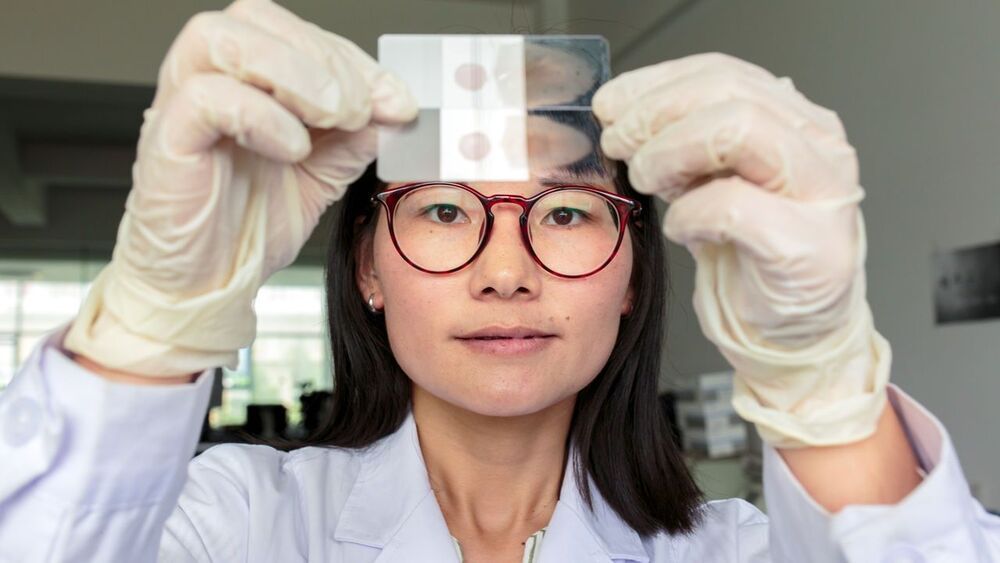

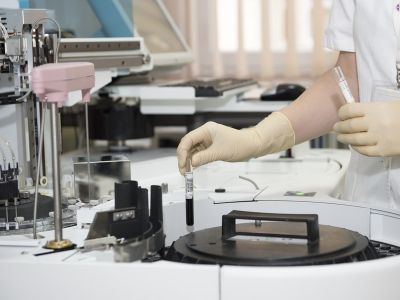
Walmart will offer a less expensive private label version of analog insulin for diabetes patients who struggle to afford their medication, the retail and pharmacy giant said June 29.
Novo Nordisk will manufacture the insulin, called ReliOn NovoLog. Walmart said it will become available at Walmart pharmacies the week of June 27 and at Sam’s Club pharmacies in mid-July.
A vial of ReliOn NovoLog will cost $72.88, and a package of prefilled pens will cost $85.88. Walmart said these products will save patients between 58 and 75 percent of the price of other insulin products on the market.
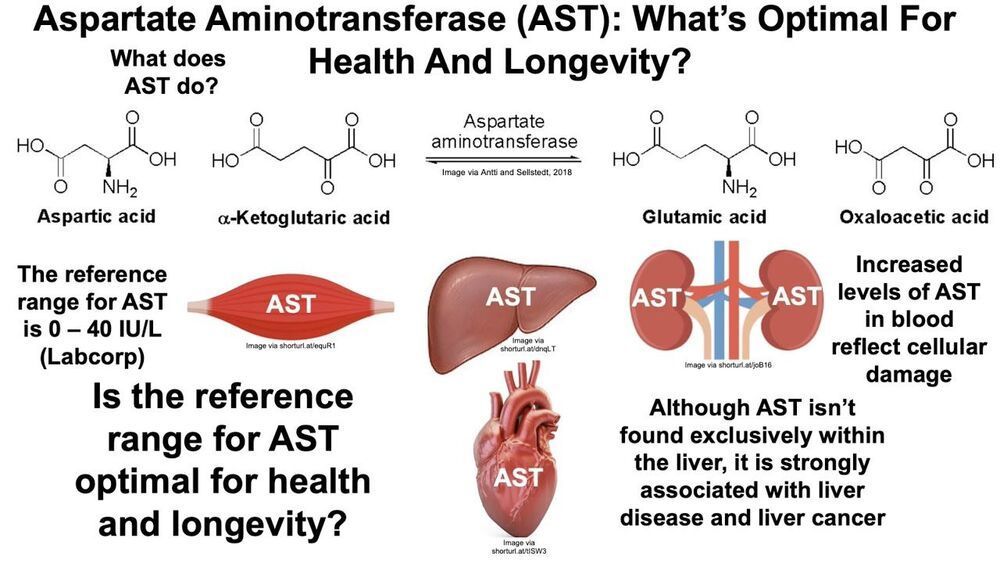
Papers referenced in the video:
Loss of Life Expectancy by 10 Years or More From Elevated Aspartate Aminotransferase: Finding Aspartate Aminotransferase a Better Mortality Predictor for All-Cause and Liver-Related than Alanine Aminotransferase.
https://pubmed.ncbi.nlm.nih.gov/31425154/
Implication of liver enzymes on incident cardiovascular diseases and mortality: A nationwide population-based cohort study.
https://pubmed.ncbi.nlm.nih.gov/29491346/

The ability to precisely control the various properties of laser light is critical to much of the technology that we use today, from commercial virtual reality (VR) headsets to microscopic imaging for biomedical research. Many of today’s laser systems rely on separate, rotating components to control the wavelength, shape and power of a laser beam, making these devices bulky and difficult to maintain.
Now, researchers at the Harvard John A. Paulson School of Engineering and Applied Sciences have developed a single metasurface that can effectively tune the different properties of laser light, including wavelength, without the need of additional optical components. The metasurface can split light into multiple beams and control their shape and intensity in an independent, precise and power-efficient way.
The research opens the door for lightweight and efficient optical systems for a range of applications, from quantum sensing to VR/AR headsets.
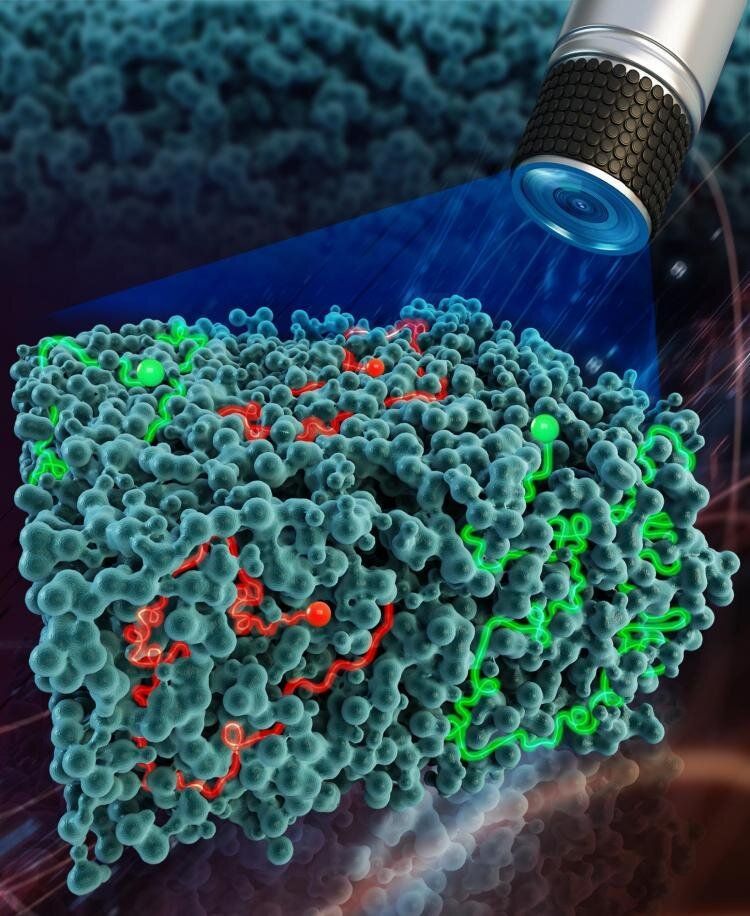
University of Colorado Boulder researchers have discovered that minuscule, self-propelled particles called “nanoswimmers” can escape from mazes as much as 20 times faster than other passive particles, paving the way for their use in everything from industrial clean-ups to medication delivery.
The findings, published this week in the Proceedings of the National Academy of Sciences, describe how these tiny synthetic nanorobots are incredibly effective at escaping cavities within maze-like environments. These nanoswimmers could one day be used to remediate contaminated soil, improve water filtration or even deliver drugs to targeted areas of the body, like within dense tissues.
“This is the discovery of an entirely new phenomenon that points to a broad potential range of applications,” said Daniel Schwartz, senior author of the paper and Glenn L. Murphy Endowed Professor of chemical and biological engineering.


Researchers from Brigham and Women’s Hospital have engineered yeast used in baking, wine-making and brewing to treat inflammatory bowel disease (IBD). The bacteria has been modified to secrete an anti-inflammatory molecule in response to signs of gut inflammation and has proven effective in preclinical tests.
Our gut microbiome is increasingly implicated in everything from cancer to neurodegenerative disease but it is still unclear exactly how we can translate these novel findings into clinical treatments. Fecal transplants are probably the most primitive microbiome-modifying treatment we have developed, while probiotics simply rely on upping specific levels of naturally occurring bacteria.
Perhaps the most futurist microbiome therapy under investigation is the idea of genetically engineered probiotics. Here researchers modify bacteria to either eat up molecules we don’t want in our body or secrete molecules we know have positive therapeutic effects.
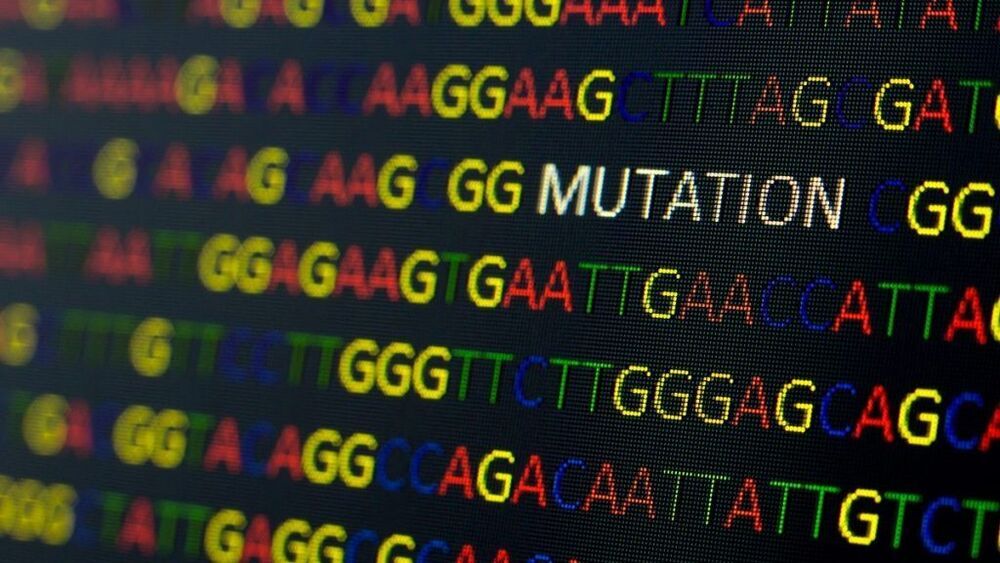
I was at HudsonAlpha’s spinoff clinic for rare diseases, the Smith Family Clinic for Genomic Medicine. Most people don’t know this, but the second largest biomedical research campus in the USA and the fourth in the entire world is in Alabama. Long-read genome sequencing is essential for aging research because it is able to detect methylation and acetylation very conveniently, as well as major structural changes to the genome that are associated with both rare disease AND aging. This is an explanation of how long-read sequencing is able to fill in sequence gaps caused by Illumina short-read technology.
In 2020, Chromosome X and 8 were finished end-to-end with long-read sequencing, for the first time. And now in 2021, a complete gapless human genome is on the horizon. The Human Genome Project may finally, truly become complete.
February 3, 2021 (Huntsville, Ala.) – Researchers at the HudsonAlpha Institute for Biotechnology used a new, cutting-edge genomic sequencing technology to help physicians make diagnoses for two pediatric patients who had been on long diagnostic journeys.
Limitations of traditional sequencing in neurodevelopmental disease diagnosis
Neurodevelopmental diseases, many of which are genetic in nature, affect one to three percent of children and cause a range of physical and intellectual disabilities. Identifying the genetic variants, or changes in DNA, that lead to these diseases can provide a precise diagnosis, guide treatment approaches, and give families the answer to their years-long medical mystery.

Big fan of long-read sequencing. It helped diagnose my rare disease when conventional sequencing failed.
What’s the Difference between Short-Read Sequencing and Long-Read Sequencing? Like their names suggest, short-read sequencing looks at DNA in short snippets (100−350 base pairs) while long-read sequencing measures long fragments of DNA (tens of thousands of base pairs). Why does that matter? Well, when trying to characterize a human genome that has two copies (one maternal and one paternal), each 3.2 billion base pairs in length — having longer snippets of DNA means you: Need fewer snippets to make up the length of the whole genome and have no gaps where the sequence is unknown Can more easily map how one region of the genome is connected to another region Have the ability to phase or determine which copy of a gene, maternal or paternal, a mutation occurs in.
PacBio long-read sequencing provides the most comprehensive view of genomes, transcriptomes, and epigenomes.

An Australian mammal thought to have been wiped out over 150 years ago can now be crossed off our list of extinct animals, following a new study.
Researchers compared DNA samples fromeight extinct Australian rodents, as well as 42 of their living relatives, to look at the decline of native species since the arrival of Europeans in Australia.
The study showed the extinctGould’s mouse was indistinguishable from the Shark Bay mouse, still found on several small islands off the coast of Western Australia.